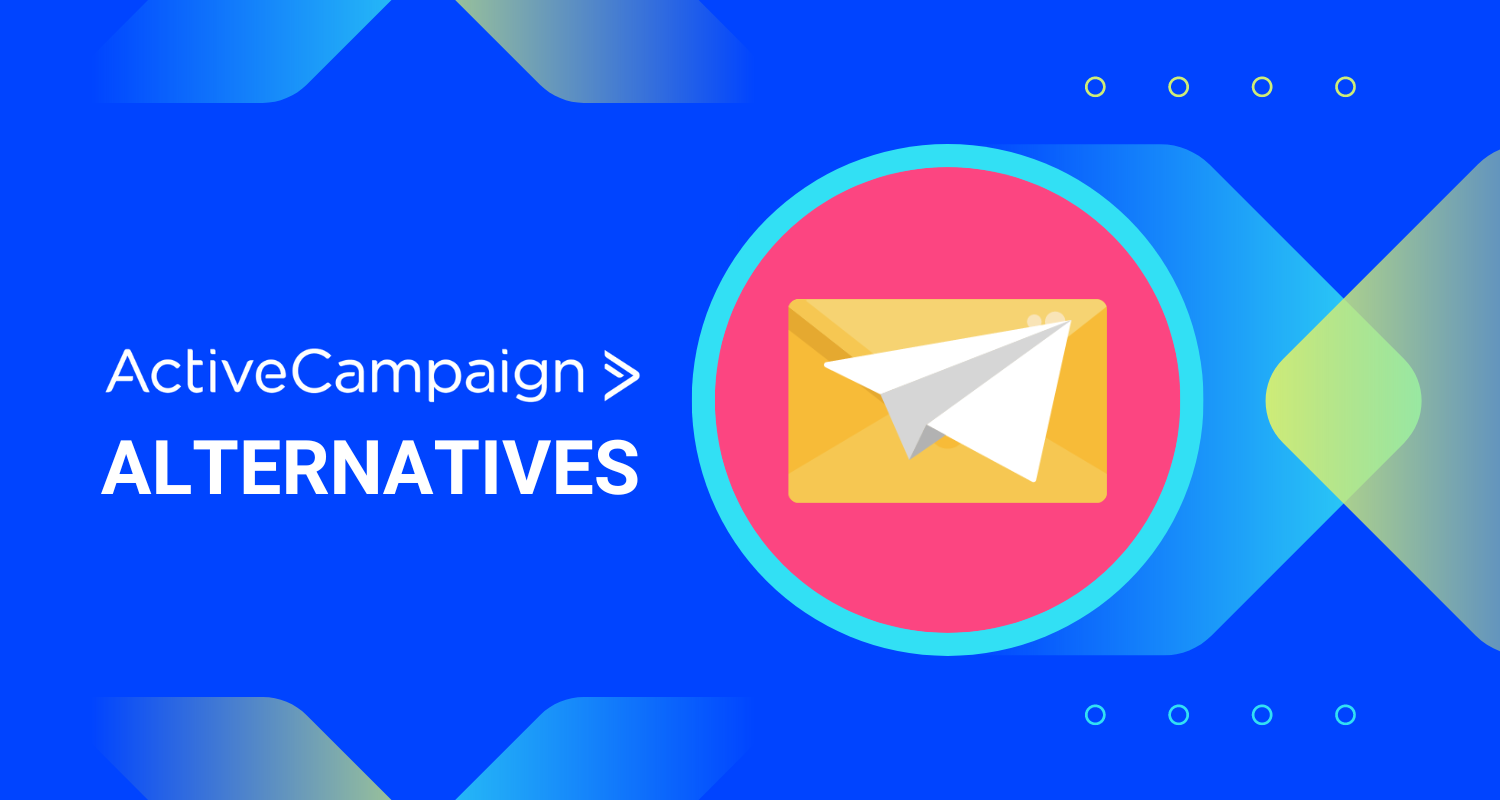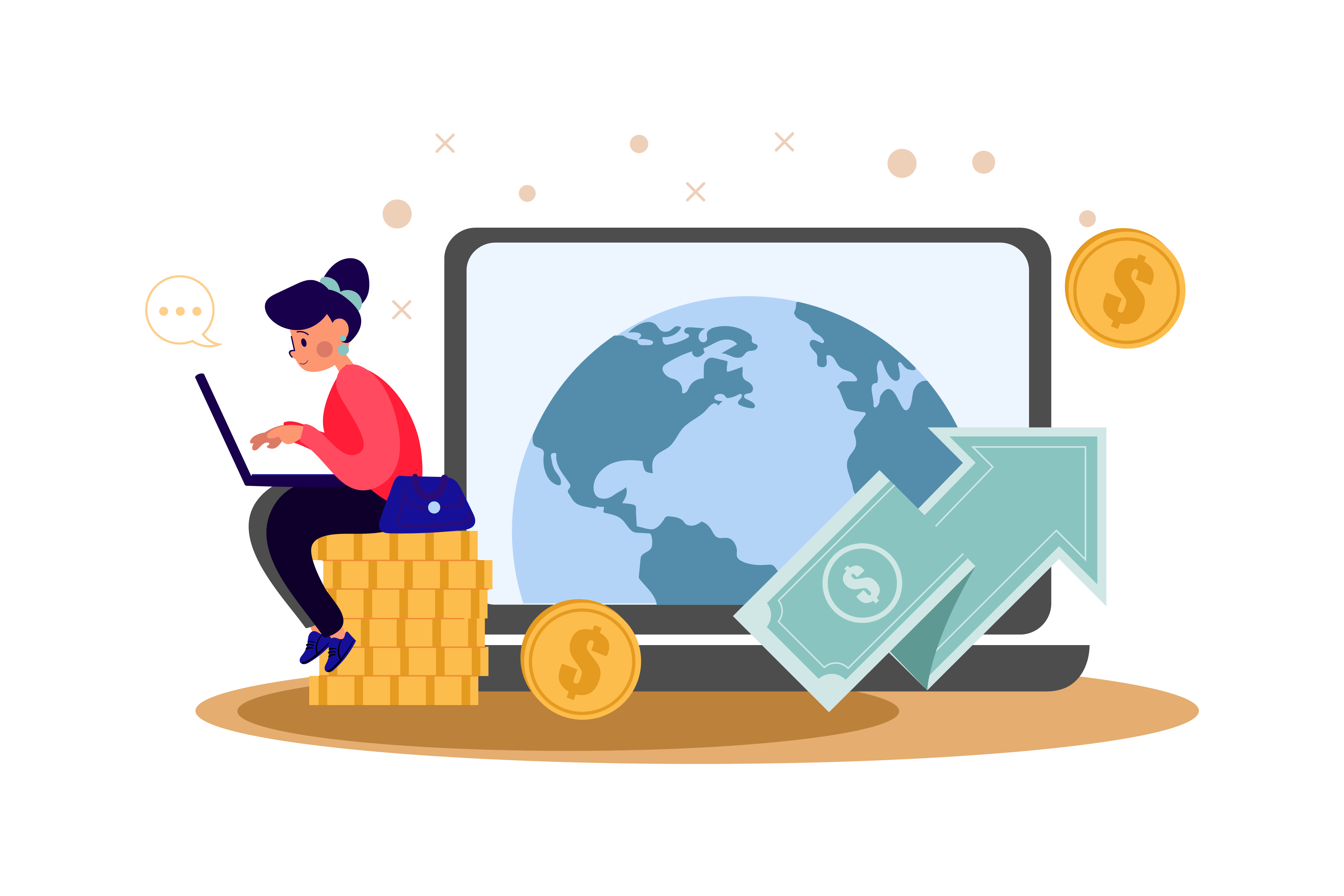
Amongst SaaS companies, the freemium model is a well-trodden path. So much so that it’s become a given that most SaaS companies have some sort of ‘free’ option – whether as a permanent free tier or as a trial.
We have our own free tier – anyone, whoever they are, however small their business, can get access to our Analytics product to monitor their website in real-time.
One of the big drivers of a free tier is its effectiveness as a marketing tool.
You can show off your product whilst still holding some value back. You can be on the journey with a customer as their business, and therefore their use case, grows. You can gain access to a wider audience which in itself provides great marketing and brand awareness opportunities.
The data suggests that freemium conversion rates generally fall somewhere between 2-5%. Whether this is worth the cost of running a free tier for your business is something only you can answer. But, this post discussing the pros and cons of a free tier might help.
What we can do is help you to understand one of the key blocks that stops your free tier users from becoming fully paid up users. And, more importantly, how you can get around it.
This mental barrier in the minds of our audiences is something called the Penny Gap.
What is the Penny Gap?

A term coined by Josh Kopelman, the penny gap is the space between something being free and something being very cheap. The theory is that it is harder to get a customer to pay 1p for something they are used to getting for free than it is to get someone to pay an extra £10 on a £100 monthly bill.
Think about how you react to paywalls on digital publications and blogs you read that ask for a tiny fee per month.
It’s an important aspect of consumer psychology that we can’t ignore.
It’s clear why this is an issue for all of us that have implemented the freemium model. By giving away some of our product for free are we creating a mental barrier against paying for it?
NB: If you are at the stage of evaluating the freemium model for your business make sure you’re clear on the difference between value and price point.
How can we encourage more free tier members to become paying members?
Brand your product, and offer customisation

A common strategy for free tier products is to leave your own branding on. Think about how free versions of products you might use have ‘powered by’ tag lines somewhere visible.
The customer they are still getting what they want for free.
The business they are getting plenty of backlinks around the web (great for SEO), and the marketing power of being a trusted partner of another brand.
On your free tier this branding should be compulsory.
You can go one step further and offer your paying customers customisation.
Removing or replacing your own branding is the most obvious one, but it’s not the end of the road. Think about how you could make the product more customisable. Perhaps paid users have a choice in the layout or colours of the product, how the product is delivered, access to an app rather than a web-based product.
It’s not only additional features that can trigger an upgrade. Don’t neglect the power of design and branding.
Show them what they’re missing

A great way to encourage your free tier customers to convert to your paid tier is to start them off on a full free trial of the premium offering before moving them to your free tier.
This is fairly common practice amongst SaaS companies, but outside of those first weeks, it’s rarely used.
What’s stopping you from dangling this carrot at other stages of the customer lifestyle?
When you notice that someone is coming close to hitting the limits of your free tier option – gift them a 2-week upgrade to the full version as a taster of how much easier life would be if they upgraded.
Depending on the issues your business is trying to tackle this could work for churn-risk customers, new customers, or to reward loyal customers.
Remind your customers about premium features whenever you can

When designing the free tier of your product it can be tempting to entirely remove the premium features from view.
Don’t.
Use this opportunity as a way to remind your free tier customers that there is a more advanced tier of the product with more features and more opportunities for growth.
A customer who is already seeing value in your product and comes across these ‘feature blocks’ is reminded that there is more to explore.
Without these little reminders, it can be easy for your customers to forget that there’s another option.
Here’s how that looks in our own product.
Show your customers what success looks like

How you set up your free tier will influence your content marketing strategy.
For example, if you restrict feature use then there’s an opportunity to mention the benefits of your premium features.
A less obvious example might be when your free tier is restricted by volume. Our free analytics tool limits users to tracking 10,000 page views per month.
For anyone with a new website or blog, this is great when you’re starting out. For this free-tier customer to become a paid customer they either need to want to use a premium feature, or they need to surpass the 10,000 tracked page views limit.
In other words, our success is tied to their success.
For our content team, this means writing content like ‘3 unique methods for generating more blog traffic’ or ‘how to get the right kind of web traffic’.
The more we can support the success of our customers, the more use cases they have for using GoSquared.
Prove the product’s value at the free tier level

Sometimes it can feel like there’s a logic to giving away very little in your free tier. You don’t want anyone to be fully satisfied with the free version of your product because then, why would they upgrade?
This thinking is flawed from the get-go.
Yes, we want more paying customers, all businesses do. But we also want to create value.
It’s worth thinking about this dilemma the other way round. If you can’t prove a tangible value from the free tier why would a customer upgrade and give you money?
Instead, what if your customers thought: “wow if this is the value I’m getting from the free version, imagine what the paid product can do for me”.
Remember that your free tier users, whether they convert or not, have a special kind of value. Given the chance, they can become your best advertisers and brand spokespeople.
We offer our free tier users more page views per month if they add a GoSquared badge to their website.
We benefit from the backlink from their site. They get more value from our product.
Conquer the penny gap once and for all

This suggestion is more out-there than the rest. We’d love to hear from anyone who has tried this – so please reach out to us if that’s you!
It’s a simple way to conquer that penny gap.
Charge 1p.
It’s a risky tactic, but could also be a great way to stand out from the crowd.
It’s such a ludicrously small amount of money for your product that it will have a similar effect to a free tier, whilst also being a great talking point.
The main risk of this is having to deal with the admin of such small payments. Try it out. Call it an experiment. Let us know what happens.
Now, although it’s very rare to see a company charge 1p for their ‘free’ tier product, it’s less unusual for businesses to run introductory offers.
For example, Ahrefs charge $7 for a 7 day trial of their product.
Are you ready to conquer the penny gap?
Hopefully this has helped you to think through some of the issues around the freemium model and the ‘penny gap’ resistance.
If you have any more tips or thoughts we’d love to hear them. The best way to get hold of us is on twitter, or through live chat.

